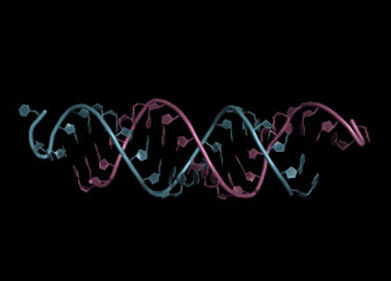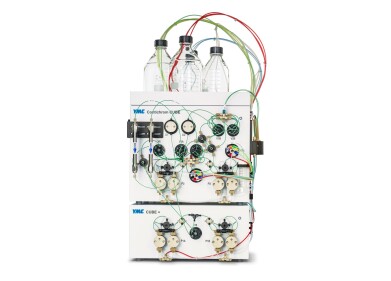Liquid Chromatography
How Much Do Proteins Weigh?
Jan 19 2018
It will soon be time for Pittcon 2018 — the World’s leading conference for new laboratory technology and techniques. It is a conference for anyone who analyses chemical and biological compounds, and it is also the place where interesting new ideas are presented. This year, one of the new ideas being presented is by Neil Kelleher, a Professor of Molecular Sciences at Northwestern University in Illinois, US. And Professor Kelleher is talking about weighing one of the essential components of human life — proteins — and a process known as top-down proteomics.
Proteomics — no carbs allowed
Proteomics is simply the name given to the large-scale study of proteins — with a proteome being a set of proteins in an organism or body, or a system. So, we can talk about the proteome of the human body (the sum of proteins in the body) or the proteome of the liver (simply the proteins in the liver).
But proteins in an organism or system are not constant, the body or system is changing constantly as it reacts to stressors — internal and external reactions and stimuli that affect the system and change the stasis. And this is where proteomics comes in.
And simply, proteomics is the study of all aspects of proteins and their lives in the system. When and how they are expressed; how quickly they are made and degrade; how they are affected by stimuli and changes; how they move around the body and interact with each other. And knowing more about proteins — including how much they weigh — can help scientists decode all the information and understand proteins and their lives a little more and possibly discover new drugs to help us live healthier lives.
Top-down and bottom-up
Proteins are made from amino acids. Bottom-down proteomics is a method that identifies and characterizes a protein’s amino acid sequence to help identify the protein and any changes it has undergone. A technique discussed in the article, Enhanced Peptide Identification Using Capillary UHPLC and Orbitrap Mass Spectrometry.
But a different method of protein identification is top-down proteomics — and knowing the mass of the protein helps to identify what protein it is and what changes it has undergone. Sone of the advantages of the top-down approach include the ability to use complete proteins in the analysis. Once the whole protein mass is known, the detection of degradation products, variations in protein structure and what reactions have taken place can all be determined.
And the first step involves weighing the protein in the mass spectrometer. In any given protein there are various components and you must isolate each of these using either liquid chromatography (gas state) or gas chromatography (condensed state). These are then analysed by the mass spectrometer to give the mass of the components, and hence the mass of the protein.
Digital Edition
Chromatography Today - Buyers' Guide 2022
October 2023
In This Edition Modern & Practical Applications - Accelerating ADC Development with Mass Spectrometry - Implementing High-Resolution Ion Mobility into Peptide Mapping Workflows Chromatogr...
View all digital editions
Events
Jan 20 2025 Amsterdam, Netherlands
Feb 03 2025 Dubai, UAE
Feb 05 2025 Guangzhou, China
Mar 01 2025 Boston, MA, USA
Mar 04 2025 Berlin, Germany












